Plate Processing Company
When to Opt for Sheet Metal Plate Forming and Rolling in Houston
When to Opt for Sheet Metal Plate Forming and Rolling in Houston
Sheet metal plate forming and rolling is one of those processes that sounds complicated but is actually pretty straightforward once you understand what it does. Basically, it's how you take flat metal sheets and turn them into curved or cylindrical shapes. The question is - when does it make sense to use this process instead of other methods?

What Plate Rolling Actually Does
Think of plate rolling like using a giant pasta machine, but for metal. You feed flat metal sheets through a series of rollers that gradually bend the metal into the shape you want. The process works by applying pressure through three rollers - two on the bottom and one on top that can move up and down to control how tight the curve gets.
The beauty of this process is that you can create smooth, consistent curves without the stress marks or weak points that you might get from other bending methods.
When Your Project Needs Plate Rolling
Large Diameter Cylinders: If you need to make pipes, tanks, or cylindrical structures that are too big to buy off the shelf, plate rolling is usually your best option. We're talking about things like:
- Custom ventilation ducts for industrial buildings
- Large diameter pipes for conveyor systems
- Storage tanks and pressure vessels
- Architectural columns and curved building elements
Cone Shapes: Making cones from flat metal is tricky with most other methods, but plate rolling handles it well. This includes everything from simple funnels to complex cone segments for industrial applications.
Thick Material Requirements: When you're working with thick metal plates - say 1/4 inch and up - plate rolling often becomes the only practical option. Other bending methods either can't handle the thickness or create too much stress in the material.
Material Considerations for Plate Rolling
Not all metals work the same way in plate rolling. Here's what works well:
Carbon Steel: This is probably the most common material for plate rolling. It's relatively soft and bends predictably, making it ideal for most applications.
Stainless Steel: Works great but requires more force due to its strength. The finished product has excellent corrosion resistance, making it perfect for food service or marine applications.
Mild Steel: Similar to carbon steel but even easier to work with. Good choice when you don't need high strength but want easy forming.
When NOT to Use Plate Rolling
Small Parts: If your finished piece is going to be small - say under 12 inches in diameter - other forming methods are usually more cost-effective.
Very Tight Radii: There are limits to how tight a curve you can make with plate rolling. If you need really sharp bends, press brake forming might be better.
Materials That Don't Roll Well: Some materials like aluminum can be tricky to roll without specialized equipment. Harder alloys can also cause problems.
Houston's Industrial Advantage for Plate Rolling Service
Houston's industrial environment makes it a natural fit for plate rolling services. The city has:
- Lots of petrochemical plants that need custom tanks and piping
- A strong construction industry requiring architectural metalwork
- Marine industry needs for curved hull sections and tank components
- Manufacturing facilities that need custom conveyor systems
Cost Considerations for Plate Forming & Rolling
Plate rolling makes financial sense when:
Custom Sizes Are Needed: If standard pipe or cylinder sizes don't work for your project, rolling custom pieces is often cheaper than trying to modify existing products.
Volume Production: Once the setup is done, rolling multiple identical pieces becomes very cost-effective.
Material Thickness: Thick materials that would be expensive or impossible to form other ways become economical with rolling.
Quality and Precision Factors
Modern plate rolling equipment can achieve pretty impressive accuracy. You can typically hold tolerances within a few thousandths of an inch, which is good enough for most industrial applications.
The process also creates smooth, consistent curves without the flat spots or irregular shapes you might get from other forming methods.
Timing and Lead Times
Plate rolling is generally faster than fabricating complex shapes from multiple pieces. Instead of cutting, fitting, and welding multiple sections, you can often create the same shape from one piece of rolled plate.
However, the process does require some setup time, especially for complex shapes or tight tolerances. Simple cylinders can often be done the same day, while complex cones might take a few days.
Making the Decision
Choose plate rolling when you have:
- Large or custom-sized cylindrical shapes needed
- Thick material that's hard to form other ways
- Quality requirements that demand smooth, consistent curves
- Cost considerations that favor single-piece construction over assembled parts
Skip plate rolling if you have:
- Very small parts that can be formed more economically other ways
- Materials that don't roll well
- Extremely tight radius requirements
- Simple flat bending that can be done on a press brake
The Bottom Line
Plate rolling fills a specific niche in metal fabrication. It's not the right answer for every job, but when you need large, curved shapes from thick material, it's often the most practical and cost-effective solution available. The key is understanding your project requirements and matching them to the strengths of the process.
In Houston's industrial environment, there are plenty of applications where plate rolling makes perfect sense. The trick is knowing when you've got one of those applications versus when another forming method would work better.


